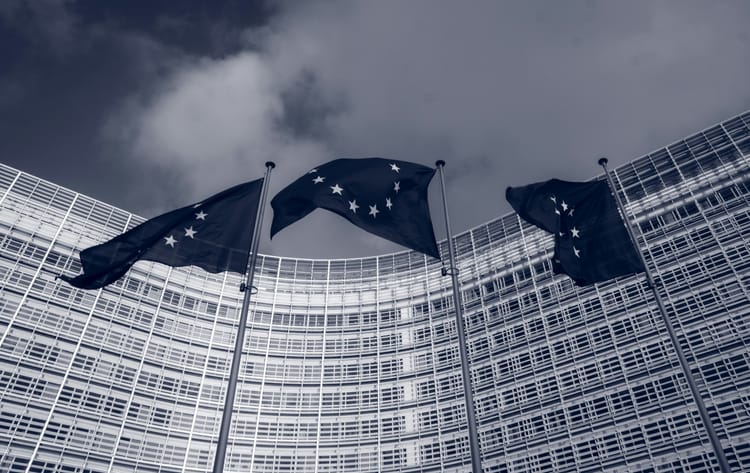CBAM will bring only minimal emissions reduction, ADB warns

The Asian Development Bank (ADB) has published a report asserting that the EU’s Carbon Border Adjustment Mechanism (CBAM) will not bring substantial emissions gains without carbon pricing initiatives elsewhere.
The EU’s flagship carbon tariff, which aims to avoid ‘carbon leakage’, ie. manufacturers moving production to other countries to avoid paying for emissions under EU law, entered its transition phase last October: since then, importers of electricity, iron and steel, cement, aluminium, fertilisers and hydrogen have been required to submit a quarterly report tracking these goods, their direct and indirect emissions and the corresponding carbon price due in the production country.
The EU will only start collecting a carbon levy on these imports from 2026, but the legislation is already affecting trade dynamics: Chinese aluminium imports to EU countries totalled 689,000 metric tons in 2023, down 30% year on year.
ADB: Emissions trading scheme almost as effective as CBAM
Now, ADB has warned that the impact of CBAM is likely to be limited if the initiative is not matched by similar regulations outside of the EU – particularly in Asia.
The development bank compared the emissions reduction impact of CBAM with that of an emissions trading scheme (ETS) with a carbon price of €100 per tonne, but with no border levy. It found that CBAM will reduce global emissions by just 0.2% more than an ETS only, while reducing global exports to the EU by 0.4%, and Asian exports to the EU by 1.1%.
“The fragmented nature of carbon pricing initiatives in terms of sectors and regions covered, including CBAM, can only partially limit carbon leakage,” said ADB Chief Economist Albert Park. “To significantly reduce carbon emissions globally, while also making sure climate efforts are more effective and sustainable, carbon pricing initiatives need to be extended to other regions outside the EU, especially Asia.”
CBAM data challenges
Beyond the potential lack of effectiveness highlighted by ADB today, the EU’s carbon border levy presents significant challenges for companies that fall within its scope. Understanding the specific emissions covered by the scheme is complex, as the legislation presents different requirements depending on the type of good.
Additionally, European importers may struggle to obtain the data they need – in the format they need. “Getting everyone to provide the right data in the right format in a consistent approach is key,” Ilea Buffier, Managing Director at Australian carbon accounting software firm Evalue8 Sustainability, told CSO Futures in October. “Even something as simple as ‘mt’ can be interpreted as metric tonnes or megatonnes, so getting people to report the same metrics is a bigger challenge than you would imagine.”
Artificial intelligence is increasingly being used to collect data from suppliers and reconcile it with other sources, and this is a potential game changer for Chief Sustainability Officers having to comply with CBAM – but they should also take into account AI’s significant environmental footprint.







Member discussion